
| Recorded by: David George, Jeff Niznik, Jim Petranka, John Petranka, Becky Elkin on 2025-05-09
Cumberland Co.
Comment: | 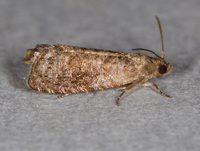
| Recorded by: Jim Petranka, John Petranka and Becky Elkin on 2025-04-14
Bladen Co.
Comment: |
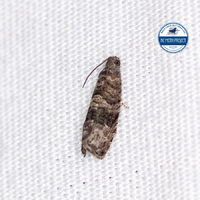
| Recorded by: Lior S. Carlson, Dean Furbish on 2025-04-05
Orange Co.
Comment: | 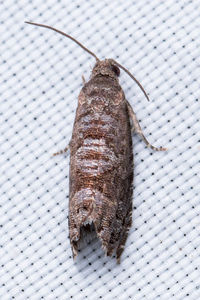
| Recorded by: Mark Shields on 2025-04-04
Onslow Co.
Comment: |

| Recorded by: Lior S. Carlson, Dean Furbish on 2024-08-14
Pamlico Co.
Comment: | 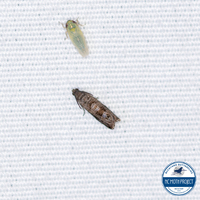
| Recorded by: Lior S. Carlson, Dean Furbish on 2024-08-13
Pamlico Co.
Comment: |
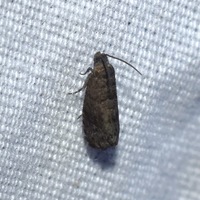
| Recorded by: David George, Jeff Niznik, Patrick Coin, Steve Hall, Carol Tingley, Tom Howard on 2024-07-27
Chatham Co.
Comment: | 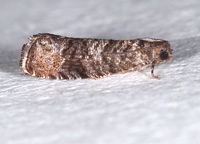
| Recorded by: Jim Petranka on 2024-04-19
Madison Co.
Comment: |
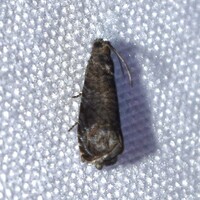
| Recorded by: Jeff Niznik on 2023-07-11
Orange Co.
Comment: | 
| Recorded by: Jim Petranka on 2023-04-04
Madison Co.
Comment: |
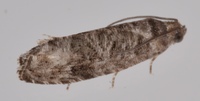
| Recorded by: David George, Stephen Dunn on 2023-03-26
New Hanover Co.
Comment: | 
| Recorded by: David George, L. M. Carlson on 2022-07-23
Orange Co.
Comment: |
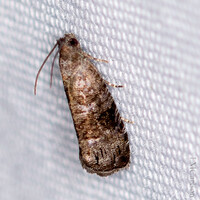
| Recorded by: David George, L. M. Carlson on 2022-05-31
Durham Co.
Comment: | 
| Recorded by: John Petranka on 2022-04-11
Bladen Co.
Comment: |
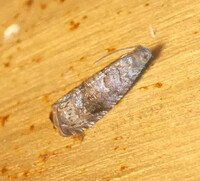
| Recorded by: Simpson Eason on 2021-09-02
Durham Co.
Comment: | 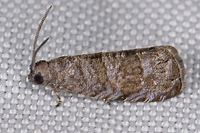
| Recorded by: Mark Shields on 2021-06-11
Onslow Co.
Comment: |

| Recorded by: Mark Shields on 2021-05-11
Onslow Co.
Comment: | 
| Recorded by: Mark Shields on 2021-04-27
Onslow Co.
Comment: |

| Recorded by: Gary Maness on 2020-08-12
Guilford Co.
Comment: | 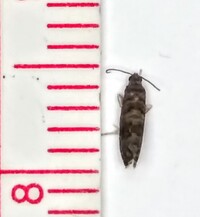
| Recorded by: Gary Maness on 2020-08-12
Guilford Co.
Comment: |
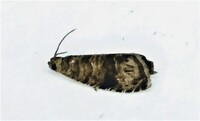
| Recorded by: Gary Maness on 2020-08-07
Guilford Co.
Comment: | 
| Recorded by: Gary Maness on 2020-08-07
Guilford Co.
Comment: |

| Recorded by: Gary Maness on 2020-08-07
Guilford Co.
Comment: | 
| Recorded by: Gary Maness on 2020-07-01
Guilford Co.
Comment: |

| Recorded by: Gary Maness on 2020-07-01
Guilford Co.
Comment: | 
| Recorded by: Gary Maness on 2020-07-01
Guilford Co.
Comment: |

| Recorded by: Mark Shields on 2020-05-02
Onslow Co.
Comment: | 
| Recorded by: Harry Wilson on 2016-09-12
Wake Co.
Comment: |
|

 »
»



 »
»

